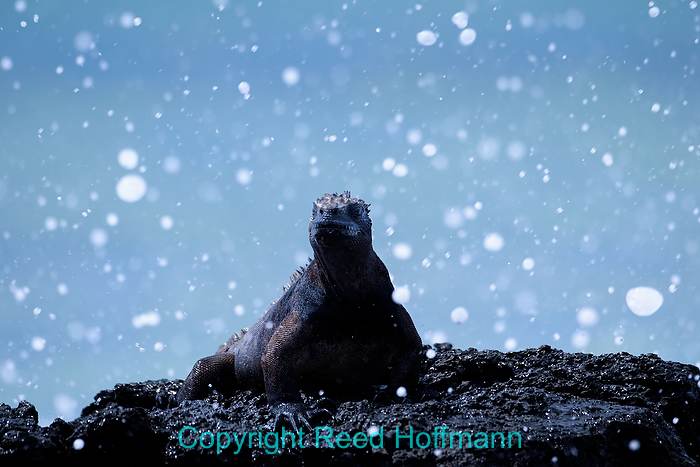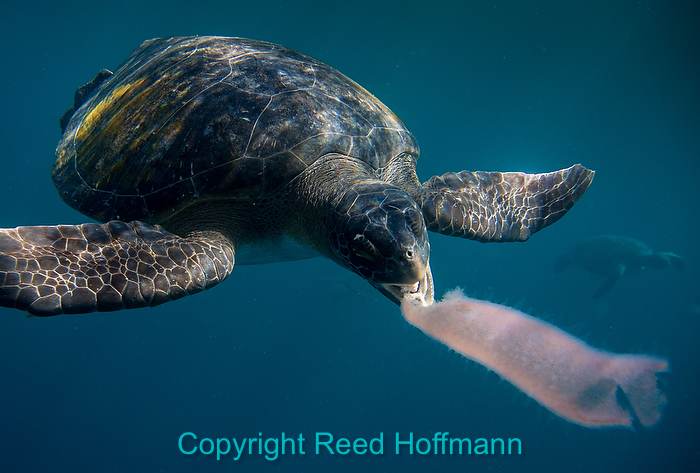How do you make a different picture at a place you’ve been before, especially if you’ve been there many times? That’s a problem many of us face, and is more difficult if you’ve made a REALLY good picture there. It’s natural to want to do the same thing again, so the challenge is not to.
I faced that problem last week while teaching my fourth photography workshop in the Galapagos Islands. My primary purpose on these trips is to help the clients make good pictures and grow as photographers. As the trip leader, it helps that I’ve been there before and know what to expect. That lets me prepare the students for what we’re going to see and do. But I’m also shooting pictures, and that means I’ll be seeing the same things over and over. Here are a couple of the ways I deal with that.
The nice thing about a wildlife trip is that you never know for sure what you’re going to see. In the Galapagos we go to the same islands, and often the same places. But the animals, and their behaviors can be different each time. And it’s that behavior that I concentrate on. I always tell my students that there are two types of shots they want to be sure and make first. A nice close-up of the animal, so you can really see the details of their face and/or body. And then a wider shot, that shows them in their environment. That shot makes it clear that you’re not at a zoo, and also speaks to your access and distance from the animals. After that you start concentrating on the more unusual photos.
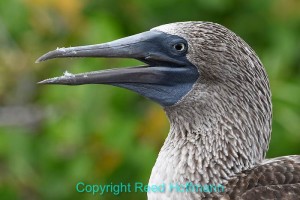
Yes, you absolutely want to come away from this trip with a nice, tight shot of a Blue-footed Booby. Nikon D5500, Aperture Priority, ISO 320, 1/320 at f/10, EV -0.7, Nikon 80-400mm f/4.5-5.6 lens at 400mm. Photo copyright Reed Hoffmann.
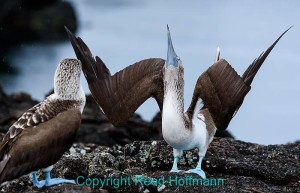
And you also want to get a nice picture of the mating dance, showing them in the wild. Nikon D750, Aperture Priority, ISO 250, 1/800 at f/7.1, EV -0.3, Nikon 80-400mm f/4.5-5.6 lens at 320mm. Photo copyright Reed Hoffmann.
I also look at the situation, and ask if there’s anything special about that. In the case of the Galapagos, there are two things, and both complement each other. First, because of the islands’ long isolation, the animals have little fear of humans. And second, partly because of that, you’re allowed to approach very close to many of them. Those two things let you do something that’s rare in wildlife photography – you can get close with a wide-angle lens. Why is that important? A close, wide shot gives a feeling of intimacy that simply doesn’t exist using a telephoto.
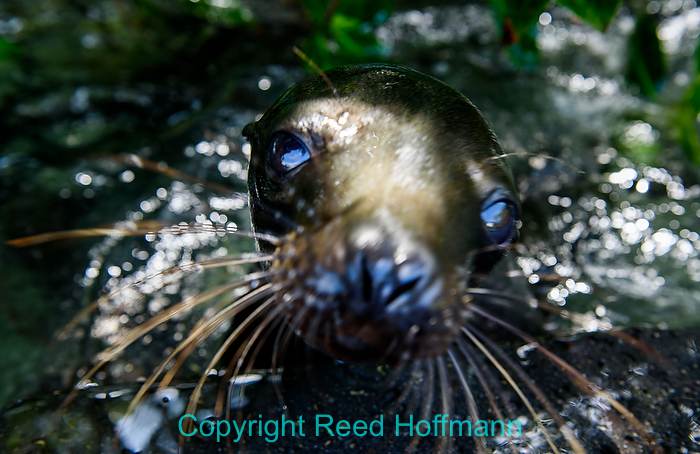
When this curious seal pup stuck its nose up into my lens, I knew I had a different photo. Nikon D750, Aperture Priority, ISO 320, 1/60 at f/5.6, EV -1.0, Nikon 24-70mm f/2.8 lens at 35mm. Photo copyright Reed Hoffmann.

And being about 18-inches away from this nesting Frigatebird made for a unique photo when the mom left to get food for the young one. Nikon D750, Aperture Priority, ISO 160, 1/2000 at f/6.3, EV -0.7, Nikon 24-70mm f/2.8 lens at 40mm. Photo copyright Reed Hoffmann.
Over the years I’ve gotten plenty of close-ups, using telephotos, of the the animals in the Galapagos. So what I look for now is unusual poses, action and interaction with other creatures. And getting closer with a wide-angle.
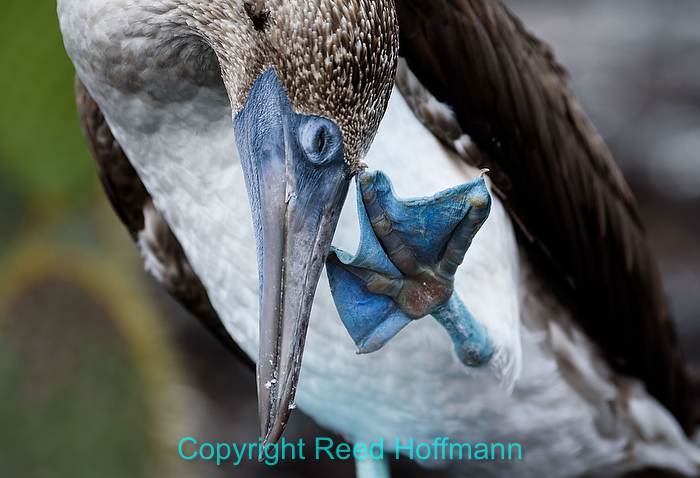
When this Booby scratched its head, its two most distinctive features came together -– the foot and the face. Nikon D750, Aperture Priority, ISO 250, 1/800 at f/7.1, EV -0.3, Nikon 80-400mm f/4.5-5.6 lens at 290mm. Photo copyright Reed Hoffmann.

Putting my camera an inch above this water puddle left by a passing storm let me silhouette these sea lions against the fading sunset. Nikon D5500, Aperture Priority, ISO 320, 1/100 at f/4, EV -2.0, Nikon 24-70mm f/2.8 lens at 32mm. Photo copyright Reed Hoffmann.
Of course, you can apply this same style of thinking to other types of photography. When you go to a national park, like Yosemite or the Grand Canyon, there are certain photos you want to make, even though they’ve been made before. And there’s nothing wrong with that. But then you need to go a step further (okay, that may not be the best phrase if you’re on the edge of the Grand Canyon), and see if you can make something else. That’s what will make your picture different, and with luck, more interesting.
And now that we’re in baseball season, I enjoy looking for those photographers who go beyond the obvious when shooting that sport. I think one of the hardest assignments in sports photography today is covering a baseball team through their season. Dozens and dozens of games, endless pitchers and batters, plays at second base ad nauseam. The great photographers come away from each game, or at least most games, with something different. That’s what makes that photographer great.
You can do the same thing, whether it’s at your favorite local park or a famous location on vacation. Stop. Think about how the “classic” photos have been made. Go ahead and make that same photo. But then push yourself a little further, and make something different. That’s where the real challenge of photography lies. The question is whether you’re up to it. Are you?
(If you’re interested in the trips I lead, you can find the list here. I’ll return to the Galapagos again in April of 2017, and will post that trip next year.)

